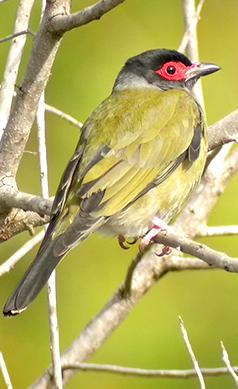
Fig grove
Features
Continue to walk south but leave the path and head into this impressive grove of figs.
In summer, the fig trees are awash with feasting Figbirds, Olive-backed Orioles, Black-faced Cuckoo-shrikes, Pale-headed Rosella and Channel-billed Cuckoos.
Look carefully amongst the fig trees and nearby as other fruit-eating birds, such as rainforest pigeons or a Barred Cuckoo-shrike, could turn up again.
Also search the strip of riverbank vegetation, particularly the casuarina trees and mangroves. There may be a party of Red-backed Fairy-wrens, possibly accompanied by a pair of White-browed Scrubwren or a Grey (winter) or Rufous (summer) Fantail. This is the best spot for small ‘song birds’ like Whistlers and surprise sightings (like Spectacled Monarchs) have been seen here too. The Mistletoebird are most frequently found in the mistletoes on the casuarinas. Check the river again for patrolling Terns (Caspian, Crested or Gull-billed) or a Brahminy Kite, which has bred here.
Return to the car park by walking east through the fig grove and over the eucalypt ridge. Galahs nest in eucalypts here. When the eucalypts are flowering, you might find all three Lorikeet species. It also can be worth one last check of the lakes and causeway before you leave.
Look out for
- Figbirds
- Olive-backed Orioles
- Black-faced Cuckoo-shrikes
- Pale-headed Rosella
- Channel-billed Cuckoos
- Barred Cuckoo-shrike
- Red-backed Fairy-wrens
- White-browed Scrubwren
- Grey and Rufous Fantail
- Mistletoebird
- Caspian, Crested and Gull-billed Terns
- Brahminy Kite
- Galahs
Gallery
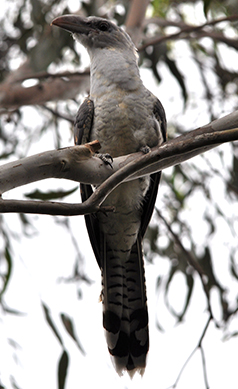
Channel-billed Cuckoo
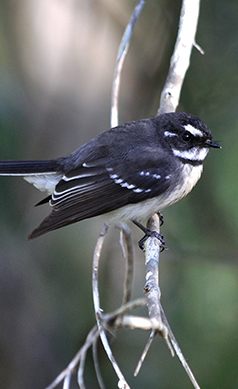
Grey Fantail
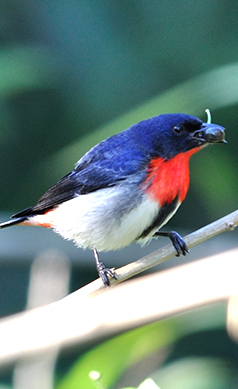
Misteltoebird
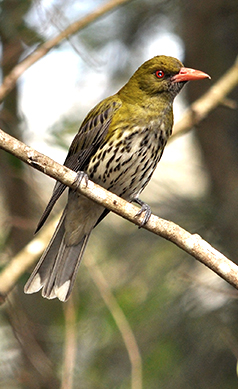
Olive-backed Oriole
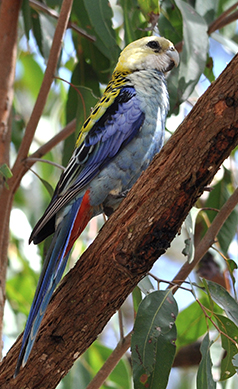
Pale-headed Rosella
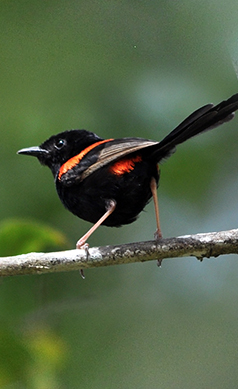
Red-backed Fairy-Wren
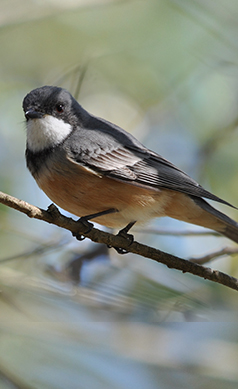
Rufous Whistler
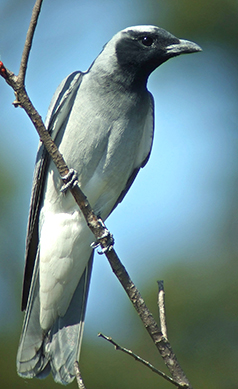
Black-faced Cuckoo-Shrike
